Religious Objects in Museums: Private Lives and Public Duties
£33.20
In the past, museums often changed the meaning of icons or statues of deities from sacred to aesthetic, or used them to declare the superiority of Western society, or simply as cultural and historical evidence. The last generation has seen faith groups demanding to control ‘their’ objects, and curators recognising that objects can only be understood within their original religious context. In recent years there has been an explosion of interest in the role religion plays in museums, with major exhibitions highlighting the religious as well as the historical nature of objects.
Using examples from all over the world, Religious Objects in Museums is the first book to examine how religious objects are transformed when they enter the museum, and how they affect curators and visitors. It examines the full range of meanings that religious objects may bear – as scientific specimen, sacred icon, work of art, or historical record. Showing how objects may be used to argue a point, tell a story or promote a cause, may be worshipped, ignored, or seen as dangerous or unlucky, this highly accessible book is an essential introduction to the subject.
Read more
Additional information
| Publisher | Bloomsbury Academic, 1st edition (31 Jan. 2013) |
|---|---|
| Language | English |
| Paperback | 160 pages |
| ISBN-10 | 1847887732 |
| ISBN-13 | 978-1847887733 |
| Dimensions | 15.6 x 1.02 x 23.39 cm |

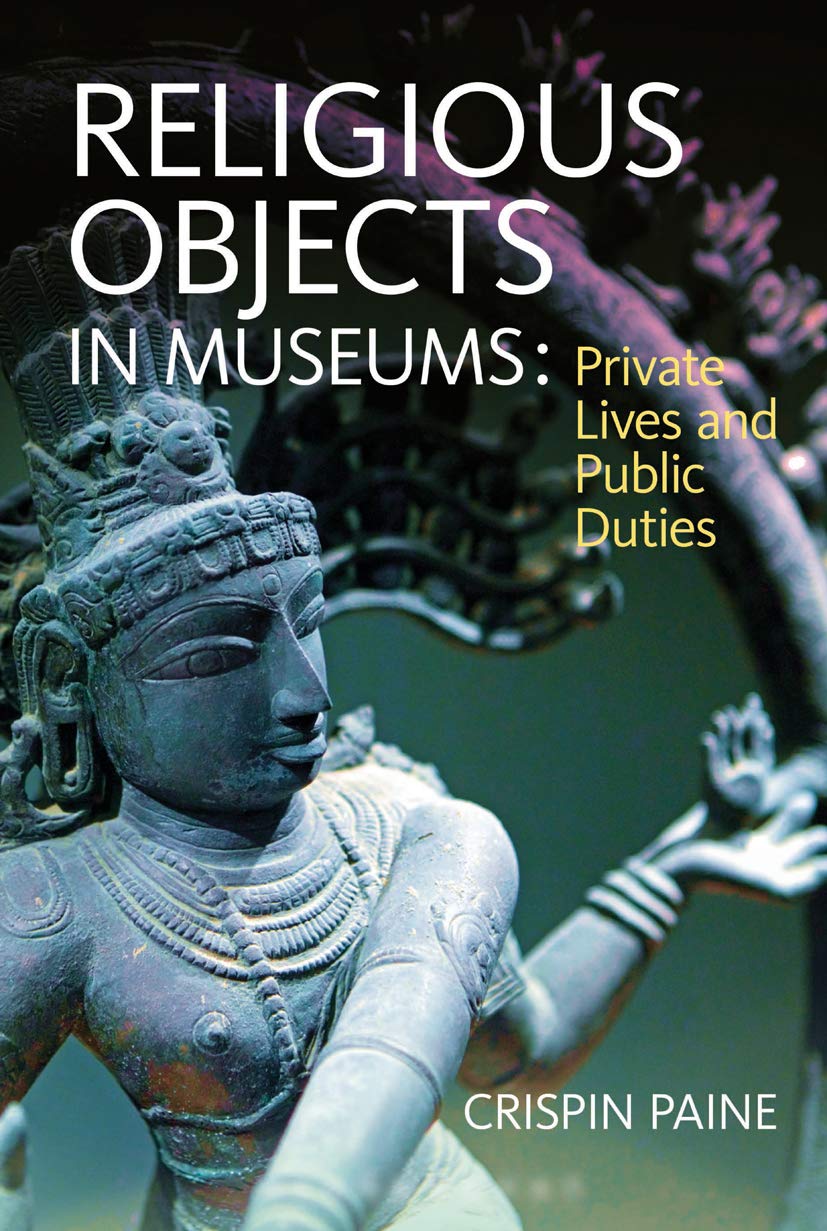
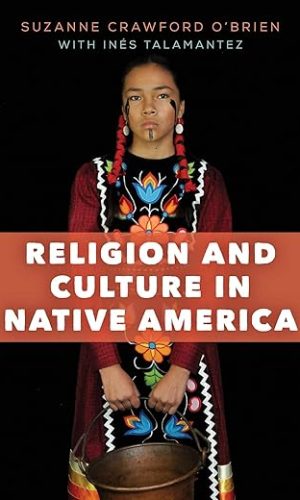

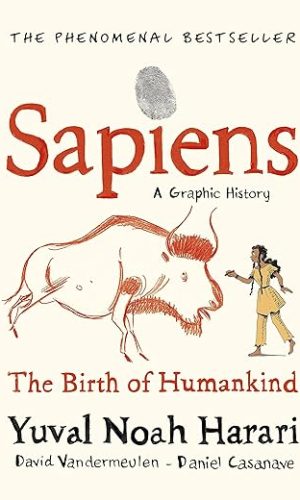
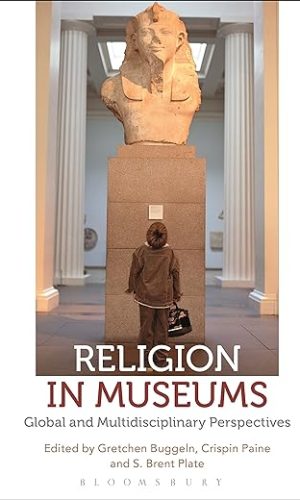
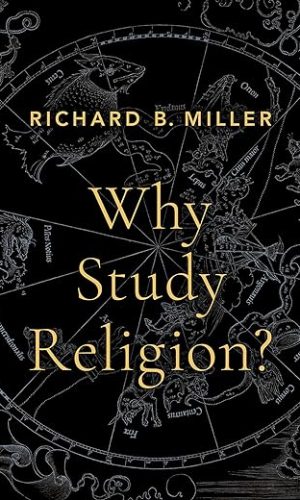


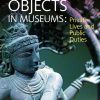
by Amazon Customer
Anyone who thinks museums are full of dead, mute objects should read this books; as should any museum professional planning to put religious objects on display. These objects are dangerous! They can stir up feelings of disgust, reverence, chauvinism, incomprehension, worship and fear. The most low-key, innocuous display with the traditional deadpan museum label can have unintended consequences.
In a world which is both increasingly secular and increasingly riven by religious conflict, this is an important book. Religious objects, even when removed from their original location and put in a museum, are gateways to other cultures and ways of thinking. But skill and sensitivity are needed to draw out their significance.
The author, a seasoned museum expert, has read widely around the subject and approaches it with professional detachment. His writing is crisp, and free of museological jargon. Case studies, drawn from across the world and all faiths, range from the Victoria and Albert Museum in London to the Creation Museum in Kentucky. For armchair museum visitors, the bibliography offers many avenues of exploration. I wholeheartedly recommend this book to anyone working in museums.